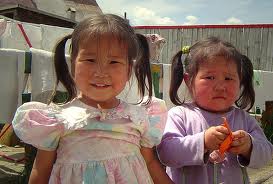OZN Welding
800 C were signs 12H18N9 and 08H18N10 lose corrosion resistance. As a result, the selection of chromium carbides along the edges of the grains occurs intergranular corrosion of steel. (A valuable related resource: Neeman Foundation). Therefore, welding should be performed with direct current reverse polarity at low welding currents, reducing the duration of heating metal. You also need to take measures on the challenge of heat, for example, by cooling or copper pads. After welding, the recommended product hardened and a temperature of 850 … 1100 C in water (or air for the small thickness of metal). Chromium-nickel steel, and character 08H18N12B 12X18H9T include niobium and titanium, which Being stronger karbidoobrazovatelyami, bind carbon steel, preventing the formation of chromium carbides. So these are not post-weld heat-treated.
High-alloy manganese steel, having a high hardness and wear resistance, contains 13 … 18% manganese and 1.0 … 1.3% carbon. It is used for the manufacture of excavator teeth, necks stone crushers and other working bodies of the road and construction machines working at impact and abrasion. Electrodes used for welding with rods made of carbon-coated wire, which is used for surfacing electrodes HMG brand containing 23% marble and 15% fluorite feldspar, 60% of ferrochrome, 2% graphite, mixed with liquid glass (30% of the total weight of dry ingredients), as well as the type OZN (45 … 49% of marble, 15 … 18% fluorspar, 26 … 33% ferromanganese, 3% aluminum, 4% potash, mixed with liquid glass).
Welding produced by direct current of reverse polarity in small areas. Welding current is determined by calculating 30 … 35 A 1 mm diameter electrode. To obtain enhanced seam strength and durability necessary to weld hot forged. In the process, the weld metal to rapidly quench (cool in cold water). CrMo steel, molybdenum and hromomolibdenovannadievye belong to the heat-resistant steels pearlitic form. They are used in the manufacture of turbines, welded steam boilers, various equipment in the petroleum and chemical industries. Typically, these are well welded, under certain technological steps: preheating to 200 … 300 C and subsequent annealing at 680 … 780 C and tempering at 650 C. The ambient temperature must be above +5 C. Welding is performed by direct current reverse polarity.



